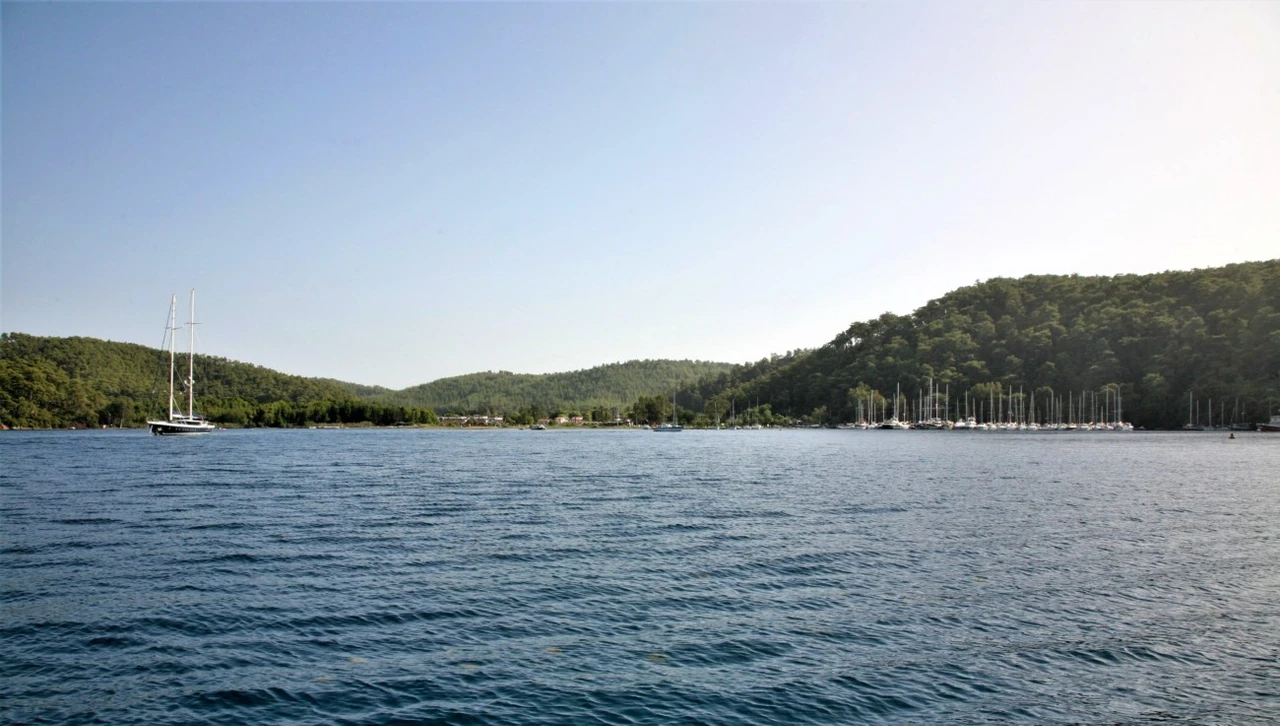Murad Reis: Behind infamous Ottoman pirate raids of Iceland, Baltimore
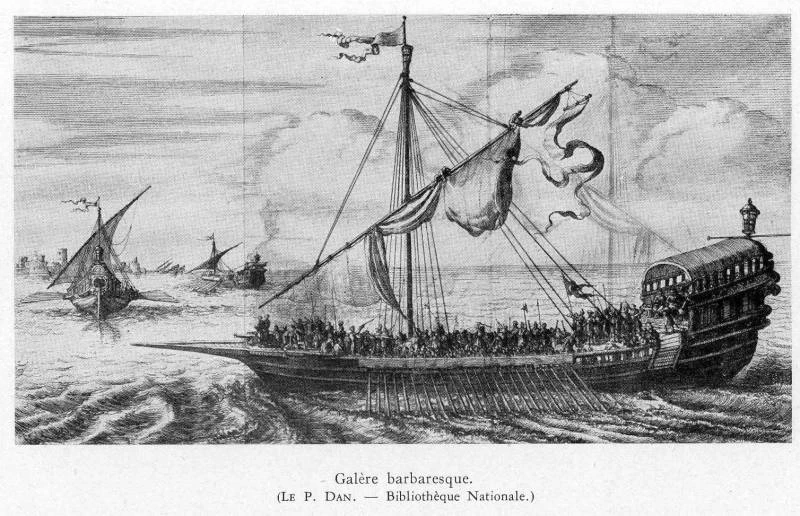 Depiction of galley used by Ottoman barbary pirates.
Depiction of galley used by Ottoman barbary pirates.
The seas have always been a center of attraction and profit for mankind throughout history. The place of the seas in human history necessitates a multifaceted narrative because it allows for many activities such as war, trade, pilgrimage and travel. Although each of these items is important, the trade item is more important than all of them.
Over time, the seas, where trade has become largely concentrated compared to land, has led to much of land transport, shifting to the sea. This situation also leads to the emergence of bandits, which poses a problem in terms of the safety of sea trade. In other words, pirates emerge as an element that prevents comfortable navigation in the seas.
Ottoman navy and Ottoman pirates
The presence of the Ottoman Empire in the seas coincides with the 16th century. The Ottomans, who had a coast to the sea since the establishment period, started their first activities towards the seas by using the naval heritage of the western Anatolian Turkmen Beyliks, which they annexed during periods when they crossed to Rumelia. In the period of Sultan Bayezid I, a large shipyard was established in Gelibolu and the first central naval activities started.
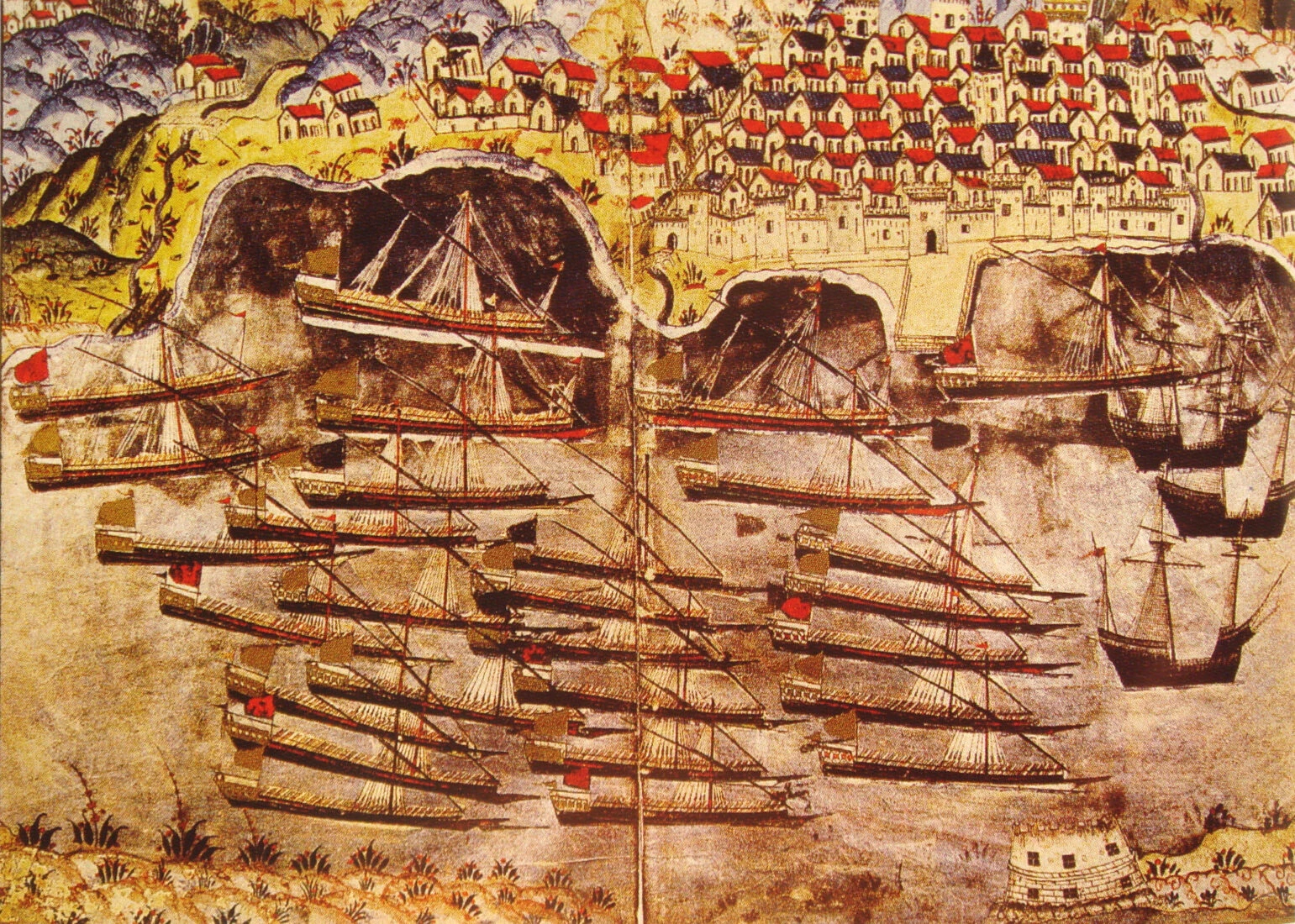
This move, which was an important turning point in terms of Ottoman maritime, was not able to be developed much further as activities at this point were interrupted by defeat in the Battle of Ankara, in 1402.
After the conquest of Istanbul, although Ottoman maritime continued its institutionalization centered in Istanbul, the Ottoman navy and maritime would be greatly strengthened in the period of Sultan Bayezid II, which would then give way to the beginnings of famous pirates such as Kemal Reis and Burak Reis.
Knights of Rhodes in Mediterranean Sea
The Knights of Rhodes (Knights of St. John), who lost ten islands, especially Rhodes, in the war they entered with the Ottoman Empire in 1522, found escape by taking refuge in the island of Malta. This pirate class, called knights within the crusader mentality, would plunder the goods of merchants traveling between Türkiye, Syria and Egypt and capture their ships, while also taking their people captive.
With the departure of the knights, the void created in the entire Mediterranean, especially the Eastern Mediterranean and the Aegean Sea, was filled first by Barbaros and his brothers, and then by other Turkish sailors. In other words, the dominance of pirates in the Mediterranean lasted for many years, especially starting from the 16th century.
The piracy activities mentioned were not illegal activities as we perceive them today. At least not all of them were like that. Although the statement that piracy was legal in those times surprises many readers as ongoing maritime trade in the Mediterranean, political conflicts between states, religious wars and the fact that the slave trade was legal always encouraged piracy.
Although the term piracy is equivalent to maritime banditry and is illegal for the modern world, in the 16th century and after, piracy activities of a group of pirates under the flag of a certain country, in line with the interests of that country, and most importantly, under the permission of that country, were considered legal. Those who carried out this activity on their own behalf without obtaining this permission were referred to as sea bandits, as in present day.
Barbaros Hayrettin started piracy in the first years of the century and captured many cities on the Barbary coasts, which today include Morocco, Algeria, Tunisia and Tripoli, and Algiers, the most important port of the region. In the following years, especially with the naval victory of Preveza in 1538, Ottoman dominance established in the Mediterranean lasted until the Battle of Inebahti in 1571 (otherwise known as Lepanto), and the advantage lost by the Christians with Preveza was balanced with Inebahti. After this date, the Mediterranean became a sea where many countries’ pirates operated.
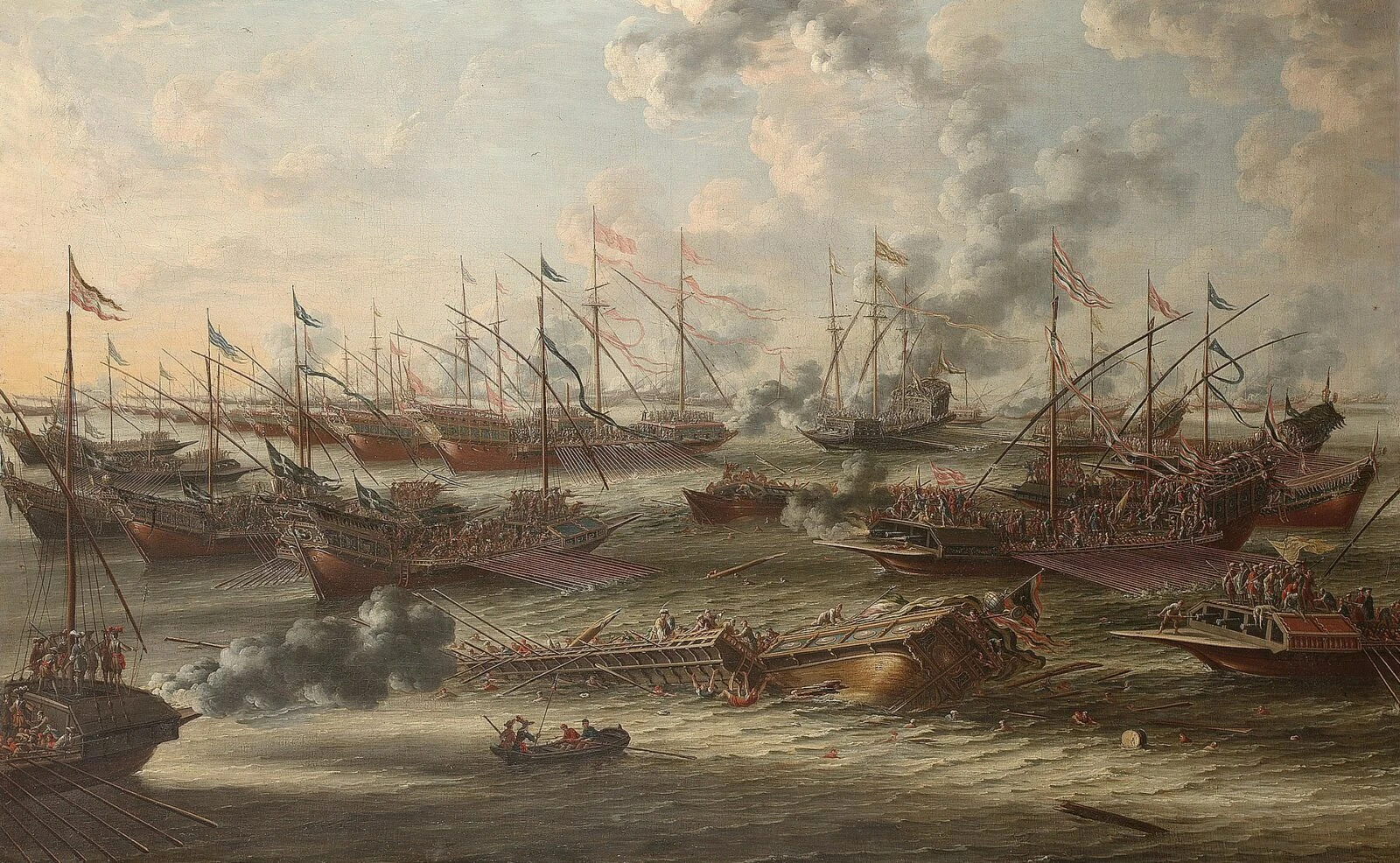
Dutch ‘Turkish Pirate’ Murad Reis
By the 17th century, the Mediterranean was no longer enough for the pirates operating there. Curiosity beyond the Mediterranean and new booty opportunities caused eyes to turn beyond Gibraltar. The transportation of precious metals found in the American continent to Europe by Spanish galleons since the 16th century was appetizing for both Turkish pirates operating in the Mediterranean and Christian pirates operating off the coasts of the Netherlands and England in the north of Europe.
One of those salivating was Murat Reis. The fact that there were two Murat Reises living in very close years to each other and that both of them set sail outside of Gibraltar sometimes causes them to be confused. In order to prevent possible confusion, let us state that the first one is called Koca Murat Reis in our article, and the one in question is called Akinci Murat Reis (some historians call him Felemenk Murad).
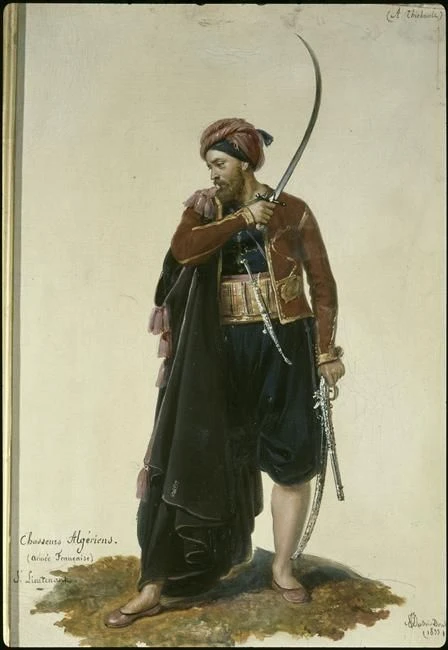
Although Koca Murat Reis had an adventurous life that would be the subject of another article, let us not fail to mention that in 1585 he attacked the island of Lanzarote, the easternmost of the Canary Islands, and took 300 people captive, including the daughter and wife of the island’s governor. This island, which was terrified and trembled with fear because of the expedition of Koca Murat Reis, would also affect the fate of Akinci Murat Reis 30-35 years later.
Although Akinci Murat Reis made his reputation in history as a Turkish pirate, in reality he was a ‘Renegado’ in the words of Europeans (a word used by European Christian sailors and pirates to describe sailors and pirates who changed sides and became Muslims in the struggles they waged against Islam in the seas, meaning traitor or convert. In Turkish, this is called ‘mühtedi’). Because in those years, Christian Europe was still at war with Islam, and those who chose Islam while they were Christians for whatever reason were a kind of hell’s henchman in the eyes of many Europeans. According to Europeans, these sailors who converted their religion not only betrayed their gods, but also participated in jihad (the holy war waged by Muslims, which is also mentioned in the Qur’an).
Akinci Murat Reis was born in Harlem, one of the major cities of the Netherlands at that time, in approximately 1570. His birth name was Jan Jansz. Like most Dutch sailors who later became pirates, he began his career by fighting for the Dutch states against the Spaniards during the War of Independence. After a while, he abandoned his duty and headed for the Barbary coasts, where he attacked and plundered Christian ships, including Dutch ships. However, Captain Jan Jansz was not very successful and was captured by Maghribi pirates in 1618 off the coast of Lanzarote Island in the Canary Islands. This island where he was captured was the island that was attacked by his namesake Koca Murat Reis 31 years ago and where 300 people were taken captive.
When he was brought to Algiers, Jan Jansz had two options: either he would continue his life as a Christian but a galley slave, or he would choose the second option, which was more profitable, namely Islam, and join the Maghribi pirates. In fact, such conversions were very common at that time. Because in a period when the slave trade was free, capturing Christians was both very profitable and very common. For example, Turkish pirates in Algiers kidnapped 6,000 Christians between 1618 and 1626, demanding ransom and earning over 15 million pounds.

Therefore, a captured Christian would either be saved by paying the ransom determined for him, or he would continue his life as a captive, or he would seek the solution in Islam by converting his religion. For all these reasons, Jan Jansz became a Muslim and took the name Murat Reis, saying “I prefer to sail with the Maghribis rather than sail for the Catholics.” After converting to Islam, he continued piracy alongside Suleyman Reis of Algiers under the Ottoman flag.
Suleyman Reis was also a Dutch Renegado and his real name was Ivan Derki De Veenboer. Suleyman Reis made sure to choose his crew from Dutch Renegados like himself and also worked for the re-freedom of Dutch captives who did not accept Islam. For this reason, he took Murat Reis with him as an assistant. Following the death of Suleyman Reis in 1619, Murat Reis left Algiers and settled in the city of Sale on the Atlantic coast. This city was a perfect fit for piracy due to its location and was in a dominant position on the route of ships sailing to the Indian and Atlantic Oceans, 50 miles south of the Strait of Gibraltar.
The relationship between Algiers and Sale was actually a robbery order system that they established together and whose basis was based on Koca Murat Reis. When the Ottoman state or Algiers made an agreement with a state, in principle, the ships and coasts of the country with which the agreement was made should not be attacked and those living in those lands should not be taken captive. However, the Algerian pirates would rob these ships by hoisting the flag of Sale, and the people of Sale would rob the ships of the countries they agreed with the Algerian flag.
The reputation of the Sale pirates had spread so much in Europe that in the famous novel Robinson Crusoe, written a century after Murat Reis by Daniel Defoe, it is written that Robinson Crusoe was captured by the Sale pirates. The city of Sale was a pirate city that, unlike the provinces of Algiers, Tunisia and Tripoli, was not connected to the central administration and even far from its population, but had extremely close relations with Algiers. However the Sale Maghrip Republic was established by declaring its independence, the exact date is not known.
This close relationship with Algiers created a Turkish influence on the city, but unlike the Garp Ocaklari, they never gave the share they had to give to the central administration from the spoils. This share would go to the council, and the administration of the city had a structure that is still astonishing today. It was administered by a council called the Divan or Levent Reisler Divani.
Murat Reis raids on Iceland and Baltimore
There are two important operations that brought Murat Reis to the peak of his piracy life. The first one was Iceland and the other was his raids on Baltimore. Murat Reis first set his sights on Iceland and then Baltimore with the goal of carrying out an attack that no one had ever done before. In a region so far from the main base, with different climatic conditions, difficulties such as tides and currents, piracy required some preparation in advance, and a temporary base had to be acquired beforehand. For this purpose, the pirate fleet under the command of Murat Reis captured Lundy Island at the entrance of the Bristol Channel and held it for several years.
At that time, the city of Bristol was an important location for the control of sea voyages between England and the American continent. The island was handed over to English pirates for a significant fee, with the condition of benefiting from it and its ports under all circumstances.
Unfortunately, we cannot learn the routes used by the Maghribi pirates to go north and attack from their own first-hand sources, reason being although each of the Renegades was literate in several languages, they did not belong to the aristocratic or developed middle class due to their social origins, and they also lacked the characteristics of putting their work in writing. As such, we learn Murat Reis’s route and what he did from books written by his enemies.
In some Turkish works written using foreign sources, the northern departure routes of the Maghribi pirates are defined as parallel and open to the western coasts of Spain, Portugal and France, and it is written that Murat Reis and his crew reached Lundy Island in this way.
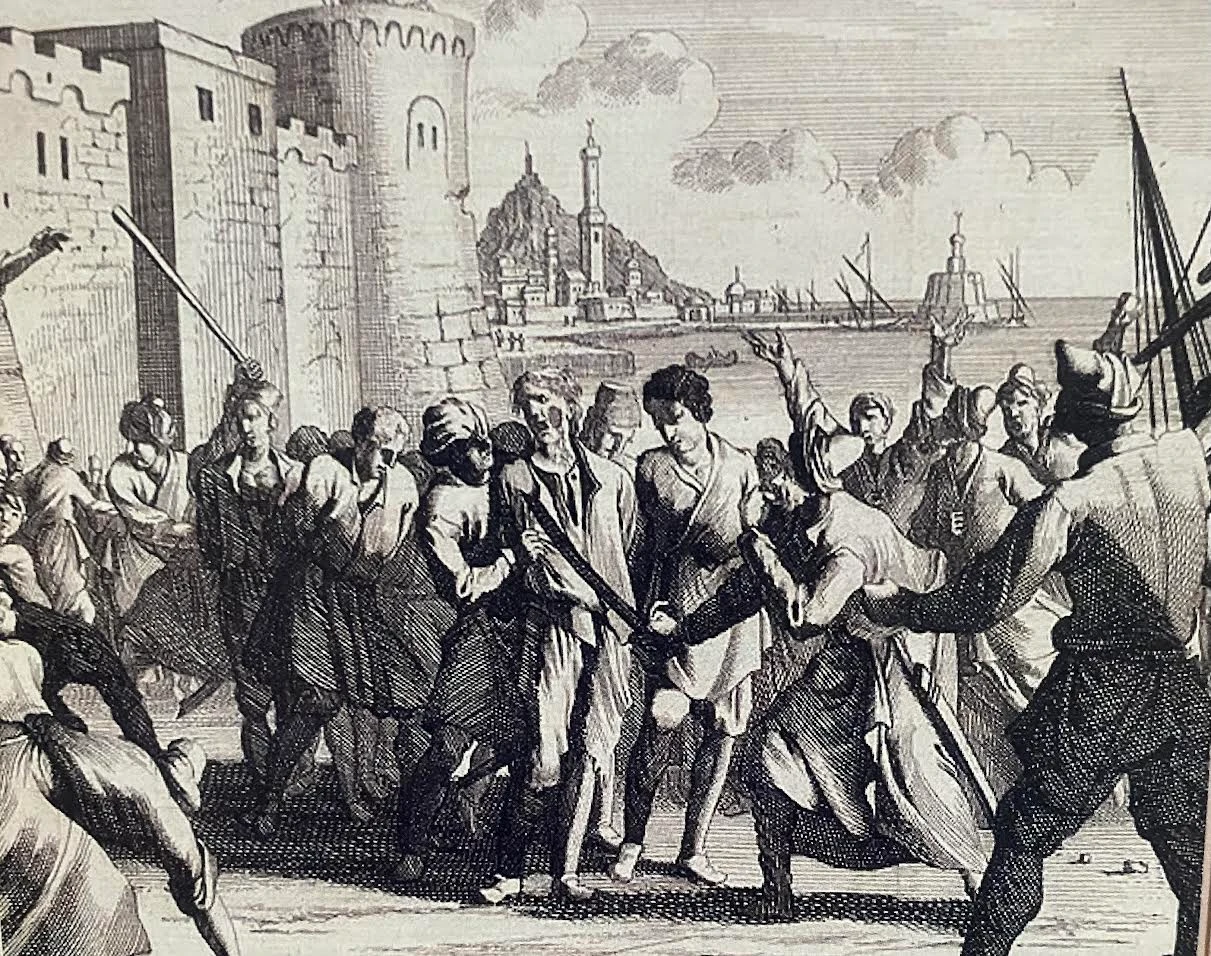
In 1627, Murat Reis’s famous Iceland attack took place. In order to carry out this attack, he took a Danish slave named Pall, who claimed to have gone to Iceland before, as a guide with the promise that he would be released if he was successful. He first hit the Danish coasts and then the island of Iceland in the north. He plundered farms and churches on the southern coasts of the island, came to Haymi port and anchored, and took all the goods of the church in this port.
He burned down all the buildings and captured 400 prisoners. From the book Tyrkjarsans-Saga, written immediately after the attack in 1643, we learn that Murat Reis set out with 12 ships together with Bayram and Arif Reis, but only four of his ships could reach Iceland. The fleet was divided into two groups and carried out the attacks. The author of the work Pirate Utopias, P.T. Wilson, says that the attack was carried out with three ships under the command of three English converts with Murat Reis.
After the attack, the return of Murat Reis’s fleet to Sale took six weeks. Although the attack and voyage were extremely risky in terms of maritime, what was obtained was quite limited compared to the risks taken. Apart from the captives, salted fish and some animal skins were seized. Apart from the scarcity of the seized booty, the possibility of being attacked by Spanish ships on the return was high. The return journey was difficult and fearful not only for the crew but also for the captives.
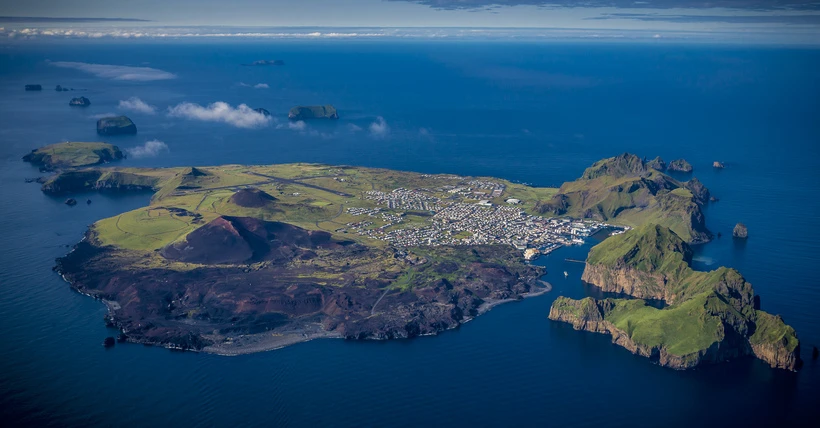
The male captives were tied to wooden rows by passing shackles on their hands and feet. However, this was not applied to women and children. In the places where the captives were chained, 30 candles were burning day and night, and since there were no sun-drenched areas, lighting was provided in this way. The food was made and distributed by themselves. As a drink, they would be given beers from the plundered villages and mead, a fermented honey drink.
Upon his return from Iceland, things did not go well for Murat Reis in the Republic of Sale. Some developments had created the possibility of losing his captaincy. He took the Magrib family with him and returned to Algiers in 1629 and immediately resumed active piracy, to which he could not devote as much time as he wanted during his time as Captain-i Derya.
Murat Reis’s Baltimore expedition
Murat Reis, who set his sights on Baltimore, planned to make an expedition here. This expedition would be easier for Murat Reis than the Iceland expedition. Because Murat Reis had sailed in these waters in the past. With these thoughts, he set out at the end of April or the beginning of May 1631 with the intention of ghaza. On June 19, he approached the land at Old Head of Kinsale and captured two fishing boats fishing near Dungarvan Harbor.
Although these boats did not have a material value, Murat Reis, as usual, captured someone from the local people who would guide him. One of the boat captains was John Hackett, a Roman Catholic. The fishermen convinced Murat Reis that Baltimore would be a much easier prey. Baltimore was the anchorage of English pirates. Although it can be said at first glance that Hackett “desired to have one dog break the teeth of another,” the real reason was that he was a Catholic and Baltimore was a new Protestant settlement.
Murat Reis’s two ships anchored at the entrance of Baltimore Harbor quite a while after sunset at night. Their intentions were not noticed by anyone. While Murat Reis was going ashore for reconnaissance, he also took Fawlett, the ship captain they captured off Lands End in the southwest of England, with him. The reconnaissance was so successful that when he returned, Murat Reis said to his crew that we would have a good journey.
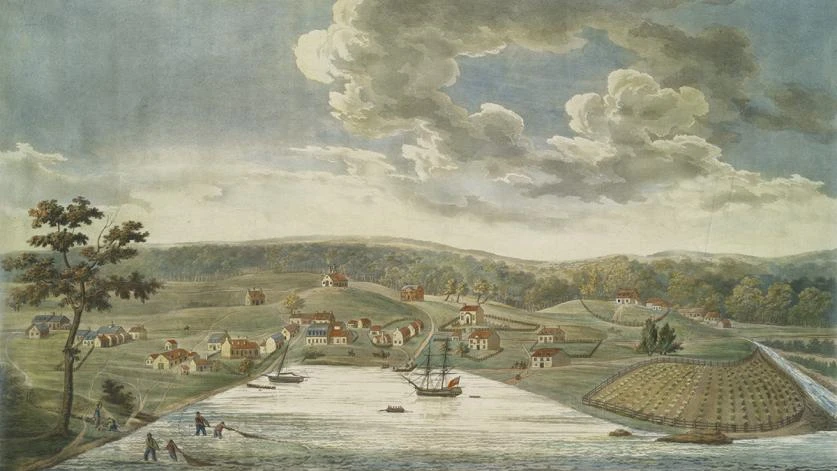
Three or four hours after anchoring, at the darkest time of the night, they set foot on the shore with rifles, broadswords, yataghans (a type of sword) and torches with their tips tarred and ready to be lit in their hands. One of the groups was headed by the fisherman Hackett. The attack started with a great noise. The target of the pirates, who knew that the Irish coasts were not very rich, was to get as many captives as possible. According to official records, 37 of the 40 houses in the center of Baltimore were looted and about ten captives were taken.
The small number of captives suggests that the people living in the houses were warned in advance. The raid was completed by trying to take more captives and Murat Reis ordered his crew to return to their ships. When they arrived in Algiers, the number of captives was given as 89 women and children and about 20 men in the captive count and registration. Only two people died during the raid and the fisherman and captain who guided Murat Reis were left on the shore. Of course, it is very difficult to say that the expedition was profitable. But still, one more expedition was completed with less profit but without any mishap.
Murat Reis’s life and activities after this remain a bit unknown. We know that he was captured by the Knights of Malta in 1635 and that he was released in 1640 in a way we do not know. He must have been around 70 years old in those years and it seems difficult for him to be condemned to the oar due to his age. Although we do not know what he did during his captivity, the magnitude of the ransom demanded for his release if it was realized that the captive was Murat Reis is beyond doubt.
Upon his return, he settled in the city of Sale and the Sultan of Morocco appointed him as the commander of the Velidiye Castle near the city of Safi. The rest of his life is a complete mystery to us. Although it is not known where and how he died, it is written in some works that he went to Newfoundland in the American continent after Iceland. Some historians, on the other hand, wrote that he was caught in a terrible storm on his return and was buried in the Atlantic Ocean with the sailors.



